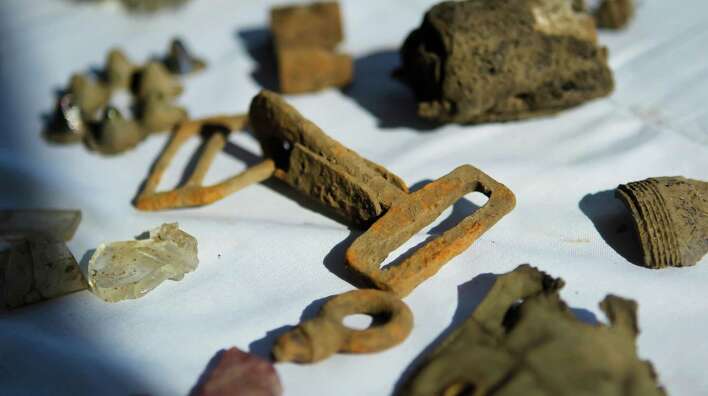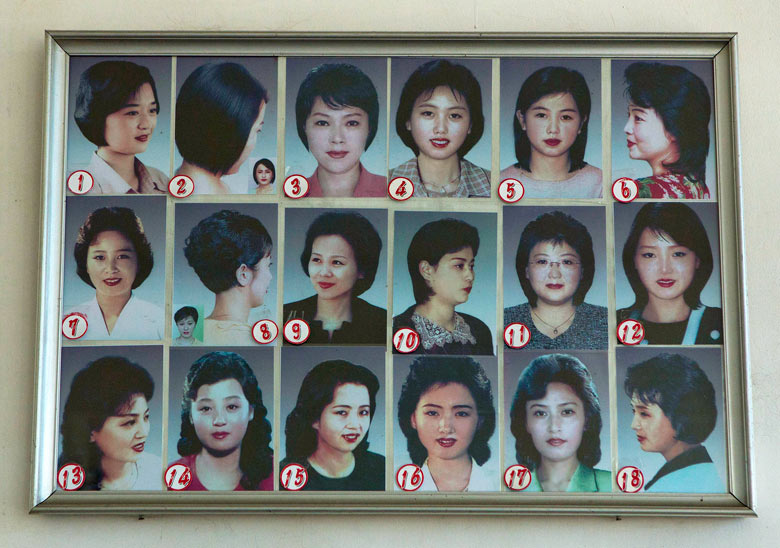
A mass grave was dug up this month dedicated to the crew of an EC-47Q reconnaissance plane at Jefferson Barracks National Cemetery in Missouri.
The electronic surveillance plane left Pleiku Airbase in the Republic of Vietnam Feb. 5, 1969. About 20 miles northwest of Chavanne, Laos, the crew made its last radio contact at 8:10 a.m. It missed a scheduled stop at noon, and a search began that's continued by family today.
The crash site in the Laotian jungle was first found that fall and analyses of the bones concluded they came from just five to seven men. Convinced the whole crew died in the crash, the military engraved 10 names in the granite headstone at Jefferson Barracks.
The U.S. military still cannot account for 1,654 Americans lost in the Vietnam conflict, and the remains of thousands more never have been recovered.
One Houston family is among those hoping the disinterred grave and DNA exemplars they provided to the military finally will let them know whose bones made it home.
"I would hope that I would find out definitely that my husband was indeed dead," said Cindy Burke, widow of Capt. Walter Burke. "I'm sure that after all this time he is, but I would like a final closure."
Although Jefferson Barracks has more than 500 mass graves, disinterments are rare. Only a handful have been dug up in the last few decades.
Paul Clever holds what he believes may be part of his father's flight vest. He recovered that along with other artifacts from the Laos crash site of his father's spy plane.
Military records show an officer closed the case in 1969 although a report submitted to him said the whole crew was not accounted for in the recovered remains.
In 1995, a recovery team searching for a different crash site found Walter's dog tag, promising Cindy in a 1996 letter that they would return it once a full dig was completed at the site. It's not clear why, but that never happened.
When the son of Sgt. Louis Clever, Paul, received a copy of the dog tag letter from Cindy's daughter, he contacted the Air Force Mortuary Affairs office. The chief of the Past Conflicts Branch found the dog tag in Hawaii, helped return it to the Burke family in November, and now is organizing the disinterment and DNA testing.
"A lot of years ago my mom felt dismissed, that they didn't value the situation and just wanted to be done with it," said Lauren Branch, Burke's daughter. "I think just telling her that he's not forgotten about, I think that meant a lot to her."
Without certainty about whose bones made it home - only one unmarried man was identified - none of the wives knew who might have survived the crash and who might one day come home. Uncertain, none remarried.
The families stitched together a semblance of sanity. The wives tried not to let questions about the crash consume them as they confronted the sudden challenge of being single mothers in an era when that wasn't a term.
Some of the crew's children have few memories of their fathers.
Lauren was just 4 years old when her father's plane was hit and a wing torn from its fuselage.
The return of her father's dog tag last year led to details about the crash she'd never known and which gave perspective to a sadness once without boundaries.
Her mother said she hopes the tests bring her additional closure, but remains upset about how the case was handled initially.
"A lot of things happened that should never have happened," she said.
Cyanide capsules
One crewman's family agreed to the disinterment even though they already know three teeth from Sgt. Clarence "Boone" McNeill are among the bones in the grave.
Using dental records, Boone was the only person identified in 1969. His brother, Walker McNeill of North Carolina, didn't learn about the identification until November.
"We were told that some of the remains had been identified but their policy was to notify only the family involved, so when we didn't hear anything we assumed that Boone was one of the crew members whose remains weren't identified," Walker said.
His mother died in 2006 believing her son was trapped in a Chinese prisoner camp. Walker and his brother Dan, now a four-star general in the Army, never told her they did not share her hope.
The last time Walker saw his brother, Clarence showed him a pill box with two cyanide capsules he had been directed to use if his plane crashed.
"My brother and I weren't surprised that the remains were Boone's because we had already accepted the fact he probably didn't make it," Walker said. "The funeral ceremony at Jefferson Barracks was closure for us."
DNA to be tested
Protesters cursed the families as they drove through the gates of Jefferson National Barracks for a funeral months after the crash.
Paul remembers clouds strangled the sun as Missouri dirt rained onto two off-white caskets.
He was 7 years old when the men in uniform came to the door and told his mother that his father was missing in action, lost.
Lost. That was a word young Paul understood. He lost a He-Man action figure once then found him. He wanted to tell the men and this mother, "I can find him!" They told him to go out and play.
In December, Paul and his wife searched the Laotian jungle for answers obscured by inaccurate GPS coordinates and four decades of growth. In a rocky river bed, they found a few small bones, shirt snap buttons, a ⅜ drive socket, mesh from a vest, a twisted sheet of the fuselage and other small remnants.
Paul revisited the Missouri grave site on a sunny day this month to watch 10,000 pounds of dirt lifted from atop the caskets.
The rotting wood shells held body bags filled with 30 pounds of bone, just one-tenth of the crew's full skeletal weight but more than enough for DNA tests. The testing could take up to a year, but family hopes for answers sometime this summer.
Paul wants to know whose bones made it home, but even if his DNA sample shows a familial match with those raised out of the ground, he said he won't feel closure.
"They say severe trauma changes you on the cellular level and I tend to believe that," Paul said. He plans to continue seeking answers about the military missteps that halted a full recovery and left families without answers for so long.
Cindy hopes the tests will bring closure, although it's tough to know what that will feel like after 44 years of waiting.
"It hurts to have all these old wounds opened up again," Cindy said. "After a while, you get to the point where you go on living. I had children to raise. I have grandchildren now. I'm going to be a great-grandmother for the first time.
"You know, right now we're on hold."
Monday 25 February 2013
Read more: http://www.houstonchronicle.com/news/houston-texas/houston/article/Whose-bones-made-it-home-from-the-Vietnam-War-4304680.php#ixzz2LuDo1jcG






